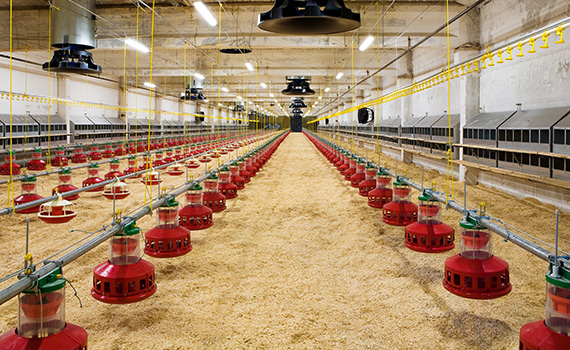Helping contract growers' transition to no-antibiotics-ever broiler production
Successful transition from conventional to no-antibiotics-ever (NAE) broiler production requires awareness of all the changes needed and lots of advance planning, Tom Tabler. PhD, poultry specialist, Mississippi State University Extension, told Poultry Health Today.
Growers particularly need to be on the lookout for potential problems that might arise as a result of changing procedures. One example is the impact of NAE production on the microbial population in litter, Tabler said.
“There’s good bacteria and bad bacteria that live in the litter inside a chicken house. Whenever someone switches from an antibiotic to an antibiotic-free program…that microbial population is going to shift,” he cautioned.
Other changes necessary when transitioning to NAE production include decreasing stocking density and extending downtime between flocks from 14 days to 18 or 20 days. These are measures that will reduce disease pressure, although they will also reduce profitability, Tabler acknowledged.
He emphasized the need to plan far in advance to ensure the transition to NAE goes smoothly. It’s imperative to ensure that hatching eggs and hatcheries are extremely clean to keep chicks free of disease and improve their chances in the field. Anything that can be done to reduce stress on the birds is also beneficial since stress increases bird vulnerability to disease, Tabler said.
He noted that the small amounts of antibiotics previously used in the hatchery and in feed covered up “less than stellar management practices” — practices that must be corrected for successful NAE production.
Posted on September 29, 2019
 We’re glad you’re enjoying
We’re glad you’re enjoying










